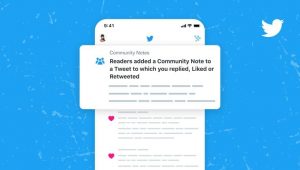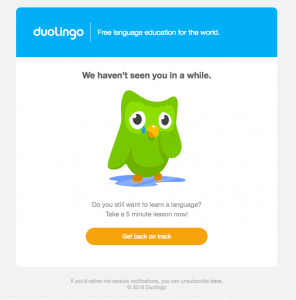Cookies or no cookies, first-party data is your competitive edge. Find out how to build a robust data strategy for the future.

Data is not a new topic, but it is being revitalized since Google’s announcement that cookie deprecation is no longer in the pipeline. You might think this means all your efforts to transition to a first-party data-driven future are in vain — but this isn’t the case.
Thanks to a fairly ambiguous Google statement that seeks to “elevate user choice,” it looks like we’ll soon see a combination of cookie-less and cookie-dependent solutions — although how that will work out in practical terms is still up in the air.
What hasn’t changed (and won’t anytime soon) is that customers want to see a real value exchange if they’re going to give up their valuable personal data. Up to 67% of U.S. adults will turn off cookies to manage their online privacy, so moving away from third-party dependence is still worthwhile.
First-party data still matters
We all understand the value of first-party data. It’s collected directly from your consumers instead of various software vendors and data aggregators, which means it’s under your ownership. Because it’s collected straight from the source, it’s more reliable, detailed and compliant with your company’s policies and frameworks.
Cookies or no cookies, privacy is still paramount and personalized experiences are still expected. This makes first-party data incredibly valuable. The real question should be how to tap into its full potential.
Build a bedrock of strong data
Stop and take stock. To understand where to go next and where to get new data, start by thoroughly reviewing the data you already have. This means doing a complete audit of your current data sets.
Assess how your marketing platforms are used, including how they are configured, whether they follow best practices and how data is extracted. This will give you a clear picture of where you stand and will help when you engage with key stakeholders to help them understand and come into alignment with new business priorities.
Once you’ve done this, create a roadmap for capturing and using first-party data. The roadmap will vary based on your business’s maturity. Start by identifying your goals (e.g., improving data collection on a specific website or integrating your marketing platforms). This roadmap will help you focus on these long-term goals and strategies.
However, try not to get ahead of yourself. Begin with proof-of-concept projects to identify the most effective data capture methods. Stay agile and refine your approach as you go.
Integrate data for a unified view
With this greater understanding, start building a robust data ecosystem. Use common keys, like email addresses and phone numbers, to integrate data from various sources, including ecommerce and customer relationship management (CRM) platforms and web and mobile app analytics.
Consider tools like Google’s Enhanced Conversions to capture data that might otherwise be missed. For example, when customers provide information like an email address during a conversion on your website, Enhanced Conversions securely hash this data and match it to their Google account. This process enriches your understanding of customers who complete conversions, giving you a more complete view of your audience.
Remember, consumers engage with businesses through multiple channels, leading to fragmented data. Creating a single customer view (SCV) consolidates information from these disparate sources, helping you understand individual preferences and behaviors across all touchpoints. This unified view enables more personalized and timely marketing efforts, helping build stronger customer relationships.
Using cloud storage and processing platforms like Google Cloud elevates data management. These platforms offer scalability and security and provide advanced analytics tools, which makes managing large datasets and performing complex analyses easier.
Turn data into actionable insights
Collecting data is just the beginning; knowing how to use it is what counts. The advantage of having a well-organized library of first-party data is immense. It sets the stage for advanced analytics, machine learning and AI-powered decision-making.
Let’s say you discover 100 people are filling out a form you’ve identified as a key conversion point for a lead generation campaign. Through analysis, you find very few of those submissions turn into sales. This insight allows you to tweak your strategy, targeting users who are more likely to convert.
The unchanging value of first-party data
Properly organized data may not provide all the answers immediately. Still, it enables your team, AI tools and marketing platforms to spend less time hunting for insights and more time optimizing campaigns.
Though third-party cookies can still be part of your strategy, focusing on first-party data will give you better analysis and insights, leading to more effective strategies and campaigns. This will help you outperform the competition and lead to better business outcomes.
The post Why first-party data still reigns even with Google keeping third-party cookies appeared first on MarTech.
(16)








